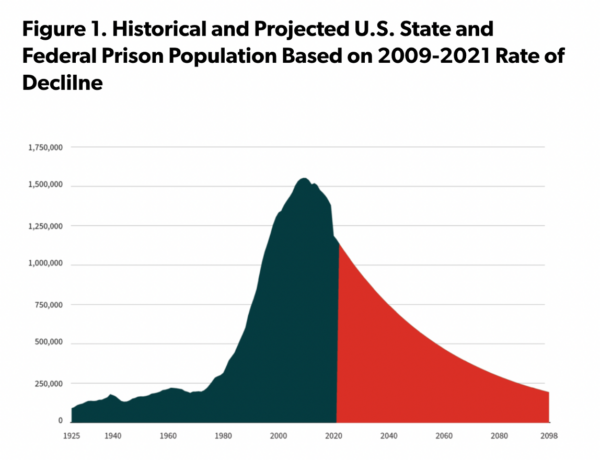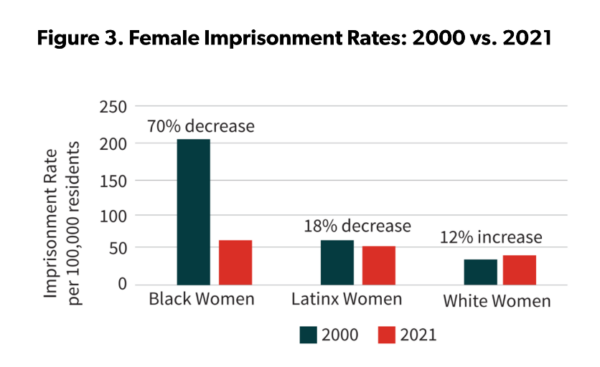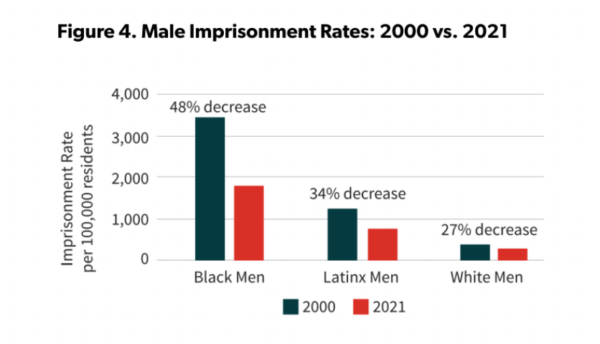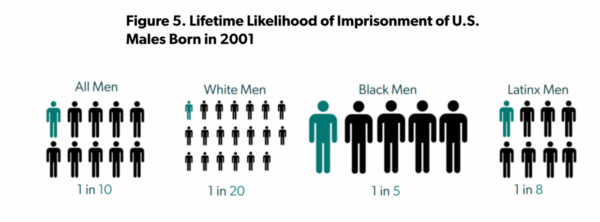
It’s always complicated to write what David Garland calls a “history of the present“, especially in criminal justice, where trends can become visible only years after the fact. And yet, that’s what I tried to do in Cheap on Crime, which was published in early 2015 but completed in 2013. The impetus for the book was the change in direction in incarceration rates: 2009 was the first year in 37 years that saw a decline in incarceration rates. I thought that was important, and observed that the change in direction was accompanied by a host of policies and rhetorics that focused on “justice reinvestment” and trimming the expensive correctional apparatus in the aftermath of the 2008 financial crisis.
The book was well received and won a nice award, but some folks in the discipline found it too optimistic. It didn’t fit in neatly with the pessimistic slant of the discipline as a whole, where we can critique mass incarceration (especially, though not exclusively, from a racial standpoint) by showing that things are progressively getting worse, not better. At one of my book events in 2015 I said that I worried that our love for critiques of neoliberalism might be leading us to ignore the data, or at least to pretzel ourselves with complicated rationalizations for why an incarceration picture that seems to be getting better is actually getting worse. Or something.
Last week, the Sentencing Project published an interesting report looking at incarceration trends from the recession–the peak incarceration year–to 2023, and the picture is quite encouraging. The report, titled One in Five: Ending Racial Iniquities in Incarceration shows the still-extant racial disparities within prison and jail populations and, of course, emphasizes these in the title, but does not shy away from providing important descriptive data showing that, not only is the decline in prison and jail populations the mirror image of the rise that preceded the Great Recession, but it is also accompanied by a significant decline in racial disparities. Here are some of the highlights.
First, there’s this. It might be optimistic, but it does predict the decline in prison population based on the current rate of decline. In other words, if the trends set during the recession continue, we might be heading to pre-1970 incarceration rates. This is fanciful, and things can change for the worse the way they did in the 1970s, but we can dream.

Let’s leave conjecture behind and talk about facts. Here are the declines in prison populations by race. As you can see, decarceration across the board is mitigating the disparate racial effects that characterized the incarceration boom:

The effect is most pronounced for women, but it is significant for men as well:


And similar, though not identical, trends are present for county jail populations:

Lest you think that all is well with the world, we’re still seeing big sentencing disparities. 1 in 5 Black men (compared with 1 in 8 Latino men and 1 in 20 White men) born in 2001 is likely to be incarcerated at least once in his lifetime.

There is still plenty of work to do until we can look at a graph that looks like the conjecture above and congratulated ourselves. But things are definitely looking up, significantly so, and it’s okay to point out positive developments when they happen rather than try and come up with stories with why they are actually negative. Or something. And while I’m pleased to have been right, I’m even more pleased to see that, at least in this area, we’re on the right path.




No comment yet, add your voice below!